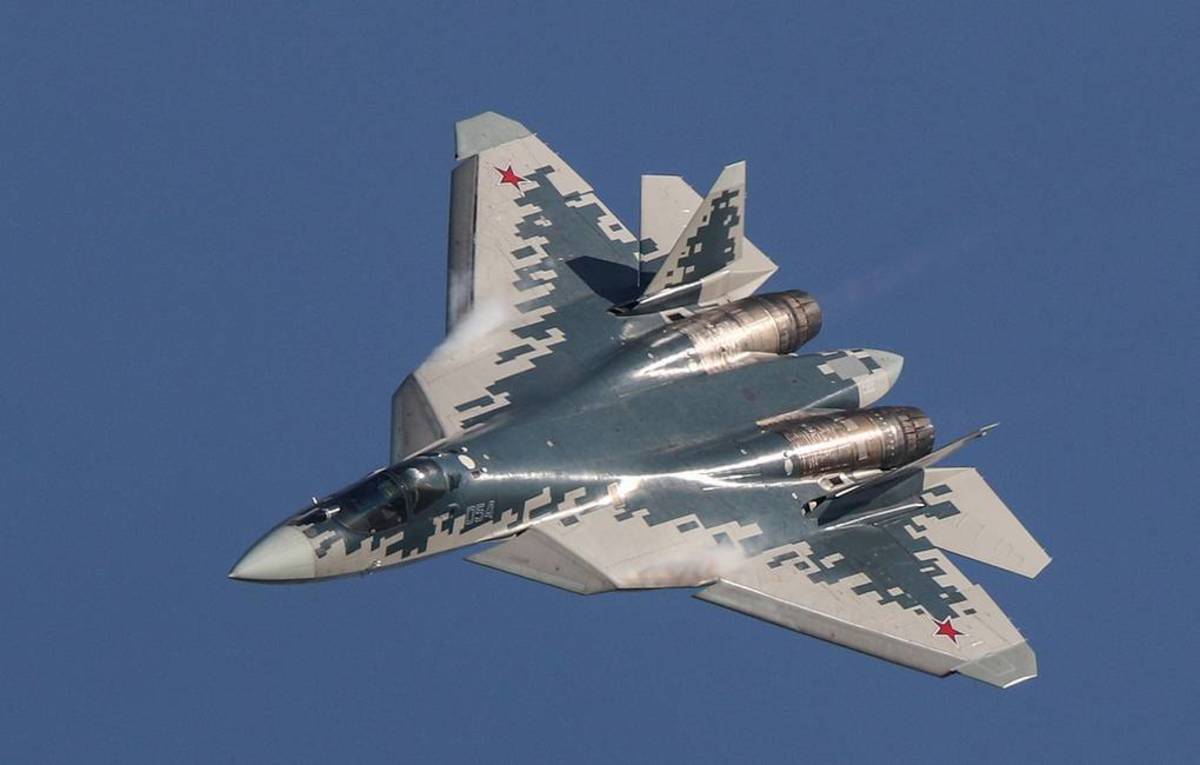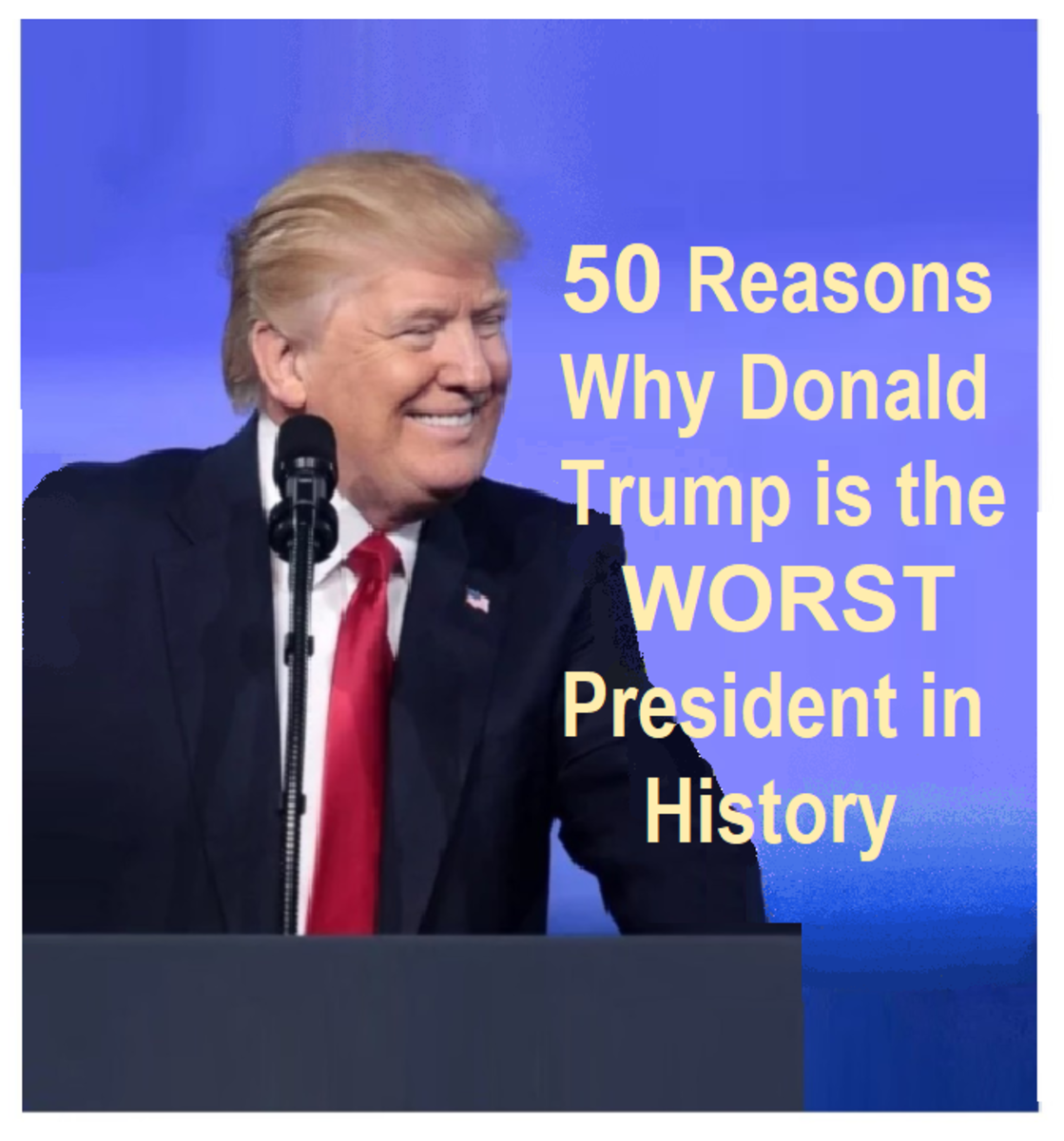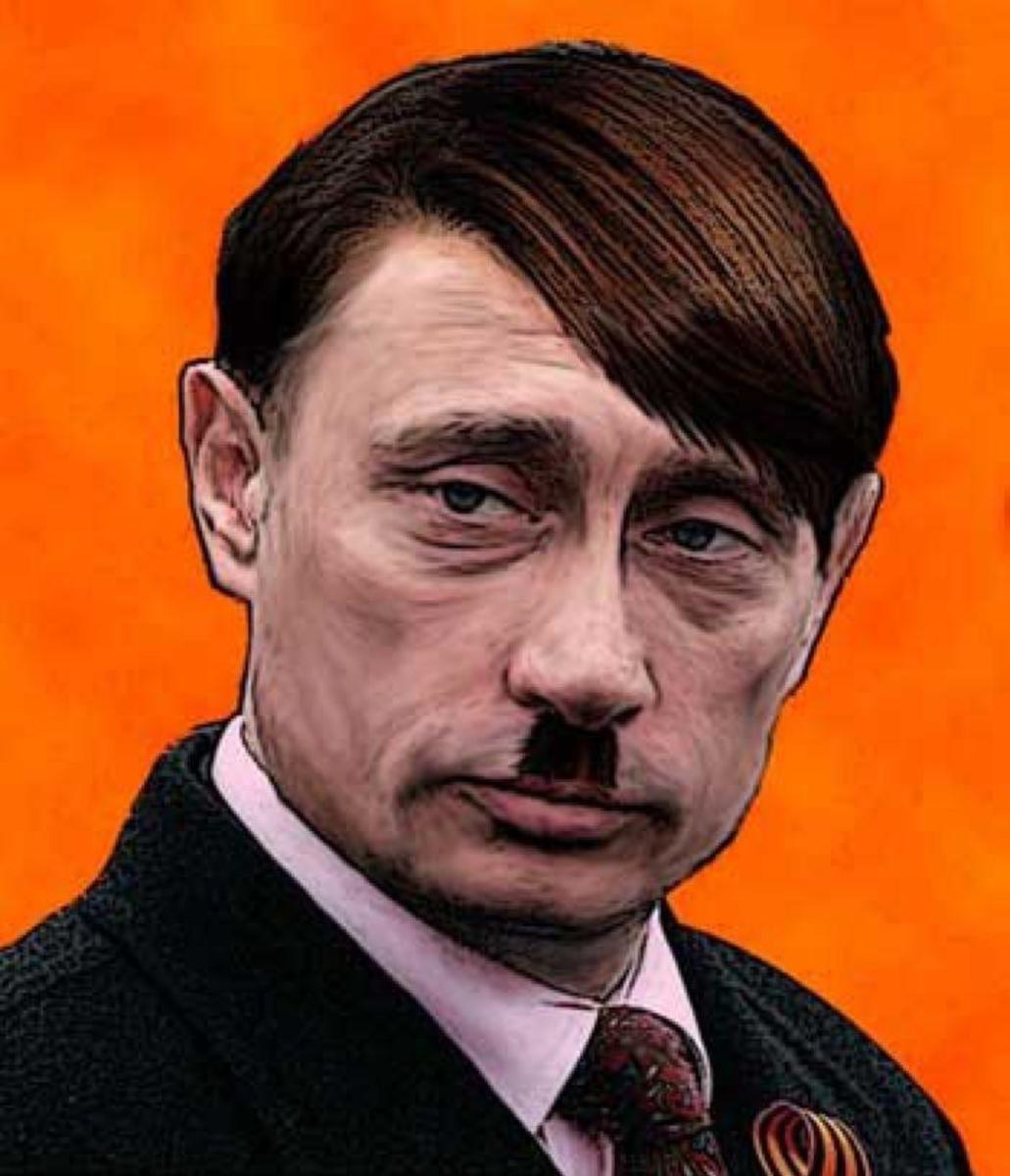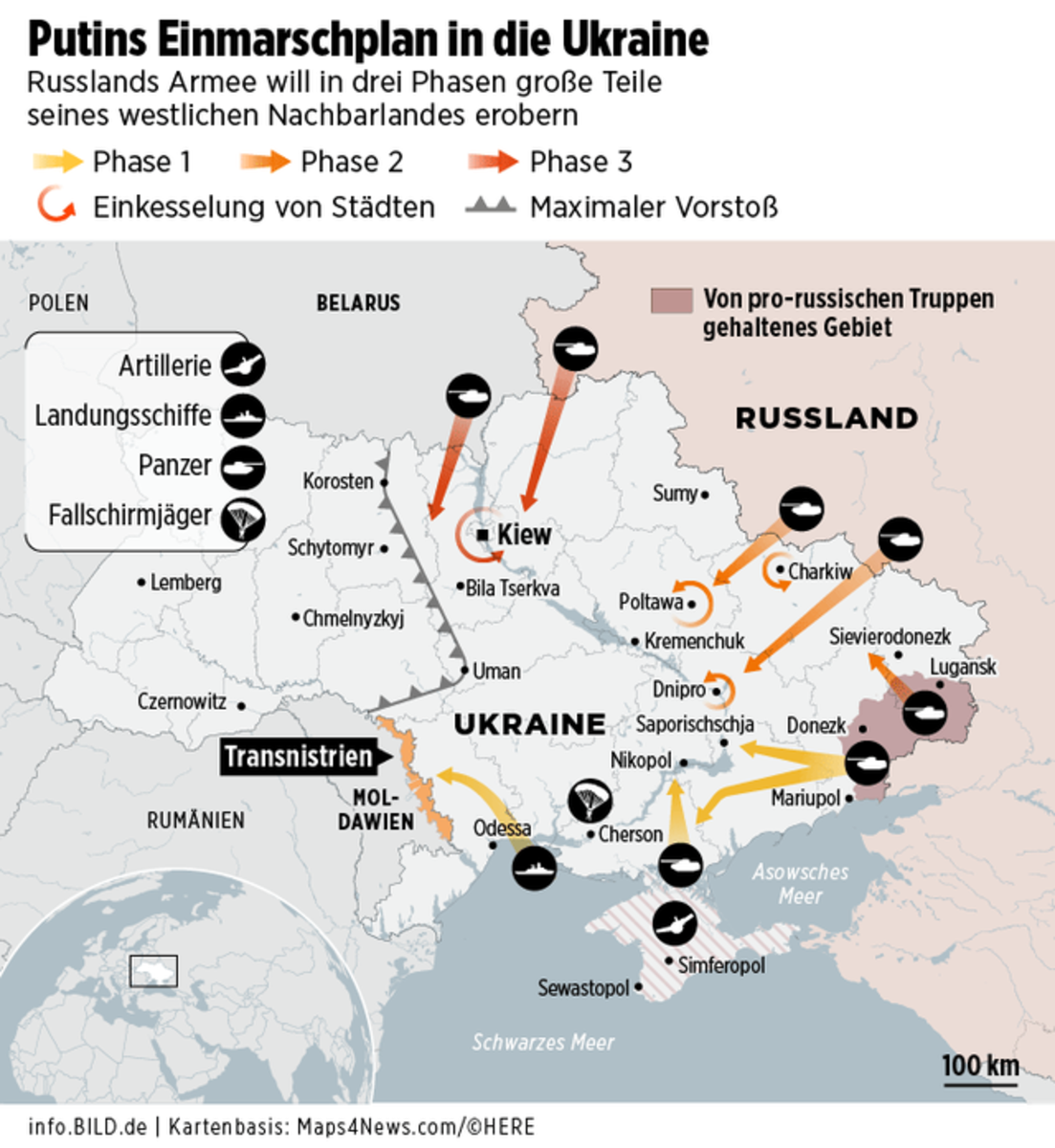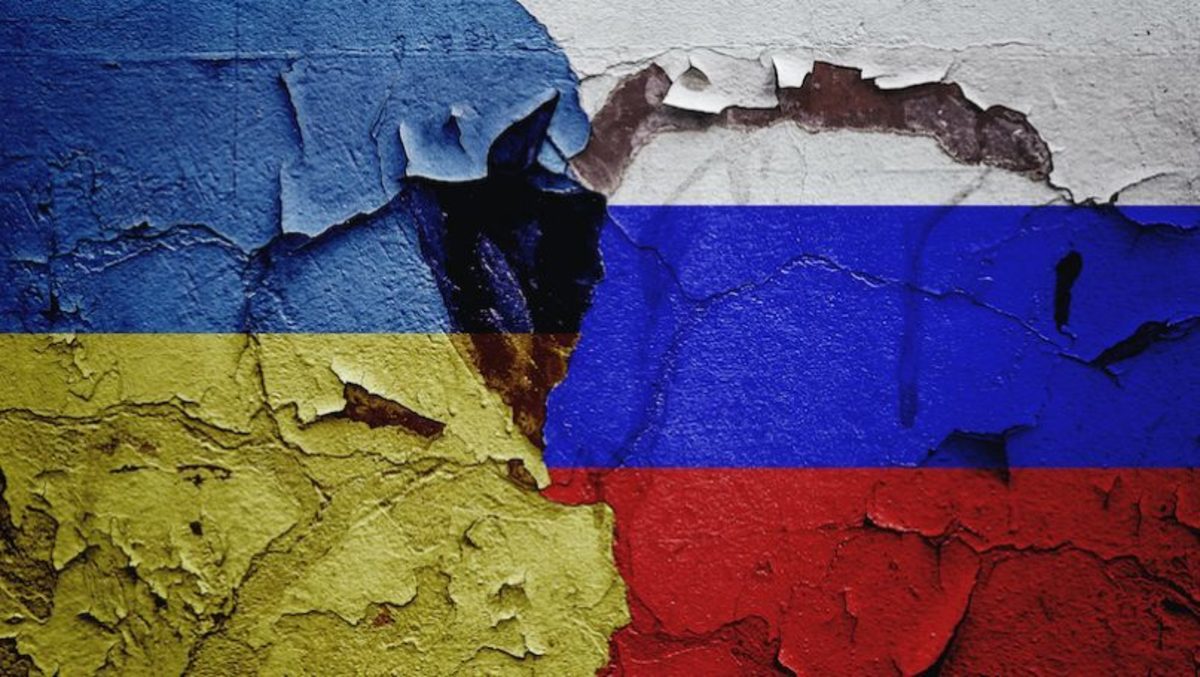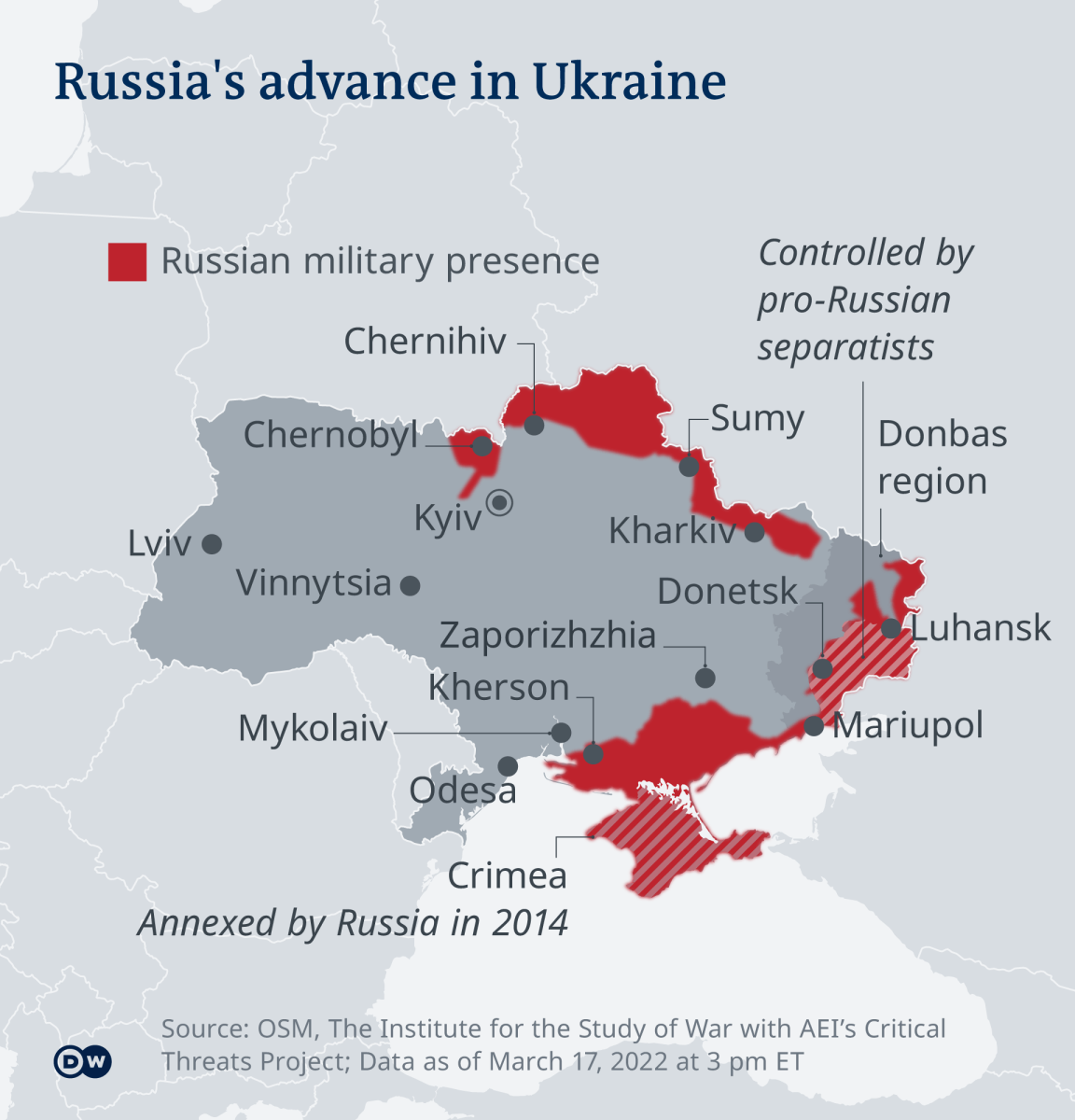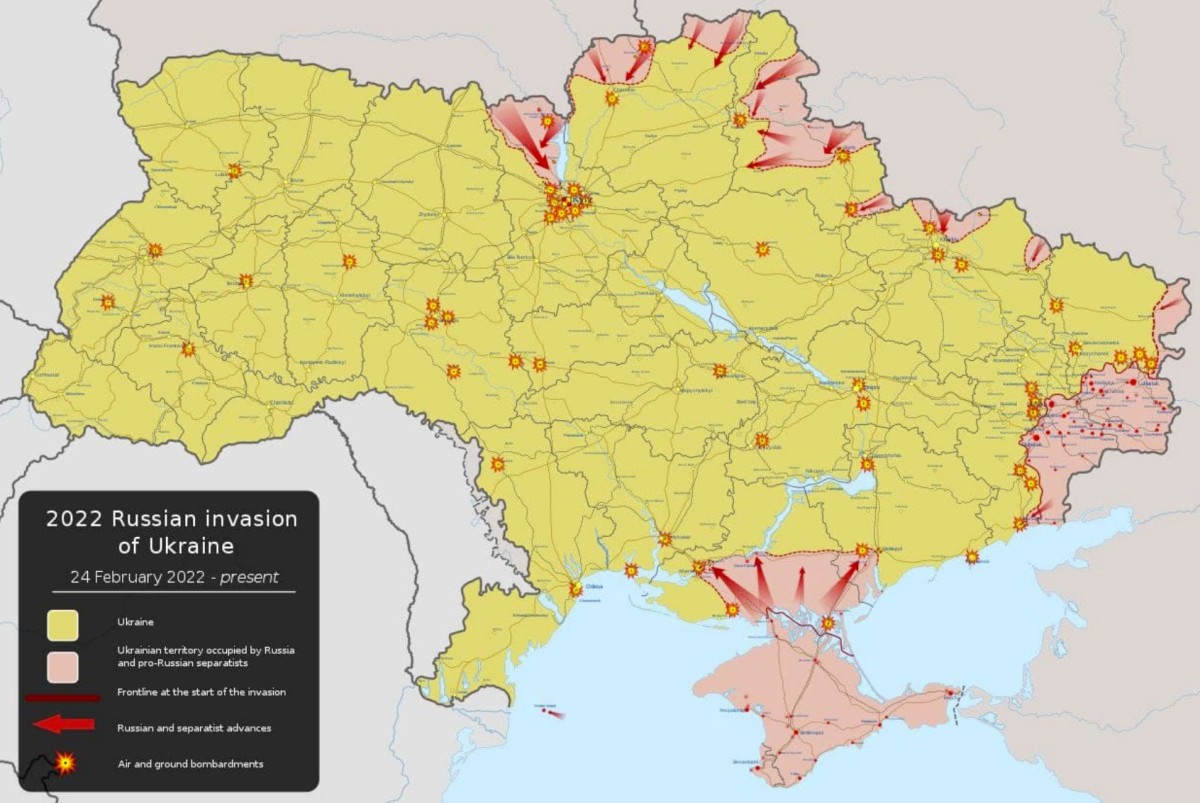Giving Crimea Away to a Good Home
How Russia Lost and Gained the Tempting Peninsula
Dramatical events in Crimea have coincided with the anniversary of the peninsula's handing over to the Ukraine in 1954. It was then that the Russian Federation gave Crimea away very quickly and carelessly.
The peninsula is going through a critical period of its history now. The place is called "the melting pot" because its long destiny is full of dramatical events.
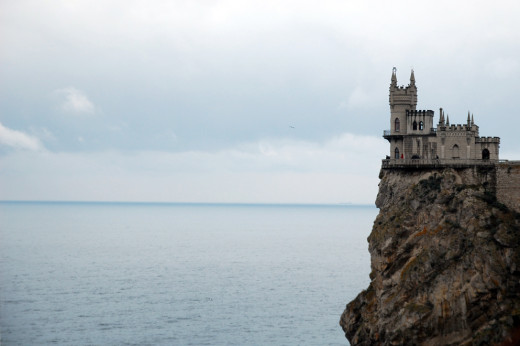
Washed by the Black Sea in the south and by the Sea of Azon in the east, Crimea is only attached to the main land with a narrow neck about 7 km wide. If this neck is blocked, then the access to the peninsula will be closed. Then it could be turned into a real fortress. This is how the peninsula was viewed by the Turks and the Tatars. The latter gave it its name at the end of the 13th century. Crimea means "fortress" in their language.
The peninsula's landscape is mostly the steppe, with some mountain chains in the south. The main cities are Sevastopol, Simferopol, Kerch, Eupatoria and Feodosia.
Beautiful Remains of the Greek Country Chersonesus in Crimea
What do you think?
Should Crimea stay with Russia or the Ukraine?
The Land of Scythians and Greeks
Around 722 BC Scythians were outcast from Asia. They founded a new capital city, Naples of Scythians, right on the Taman Peninsula, that is Crimea, next to the modern city of Simferopol. While the Scythians settled in the steppe, the southern coast of the peninsula was colonized by the Greeks. In the 5th century BC two independent countries appeared on the shores of Crimea. One of them was a democratic republic named Chersonesus in the west. The other was the Bosporan Kingdom, an autocratic state, in the east.
Thanks to the Greek colonists the art of ship building was developed, many beautiful settlements, poleis, were founded, vineyards were created, lots of olive trees were planted, and many beautiful temples, theatres and stadiums were erected.
The Greek merchants bought grain from the Scythians and took it to the mother country. In fact, Crimea was the granary of Hellas.
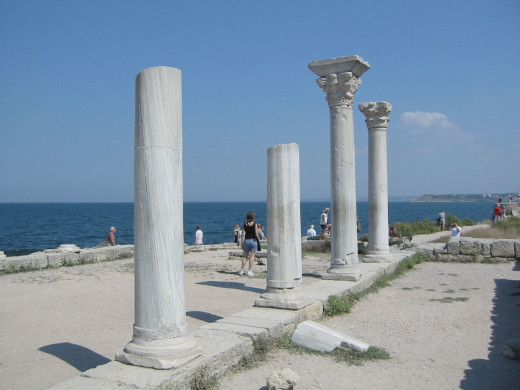
The poplulation of Crimea is over 2 million people: 1 million of Russians, about 400,000 Ukranians and about 240,000 Tatars.
The Invasion of Goths
For a while, the Goths populated Crimea, too. Their migration, caused by the change of climate, marked a new historical period known as the Migration Period which lasted four centuries starting 400 AD. It was during this period that Roman Empire perished. On their way the Goths whipped the Scythians, conquered rich cities and sacked them.
The peninsula got a new name - Gothia.
The Goths fell under the cultural influence of Bizantium and became Christians. The German ethnos survived the invasion of the Huns but it was destroyed during Tatar-Mongol invasion.
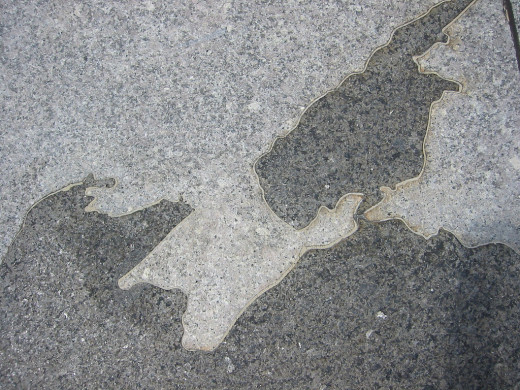
Crimea Under the Rule of the Tatars and the Genoese
At the beginning of the 13th century Crimea was conquered by the Tatars. They renamed one of the cities into Crimea. Later on, the whole peninsula was thus renamed. In 1428 Crimea became the Khanate of Crimea, which means it got independent from the Golden Horde, its mother country.
The Genoese settled on the peninsula nearly at the same time with the Tatars. They officially belonged to the Golden Horde, but in fact were independent rulers of their colonies. In 1475 the Genoese colonies were conquered by the Ottoman Empire.
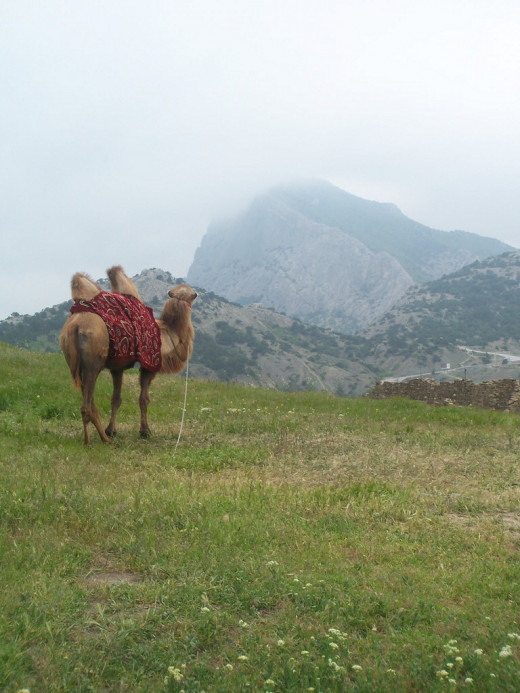
Crimea Annexion to Russia
In 1780 a rebellion took place in the Crimean Khanate. By that time the country was under the protection of Russia. Catherine the Great was the ruler of the Russian Empire. She used the situation in the her favour to annex Crimea. In 1783 Crimea became part of Russia.
The empress called Crimea "the most precious jewel in the crown" of Russia. The wise ruler understood the importance of the land. To protect the peninsula she founded the marine and military center - Sevastopol.
70 years later Great Britain and France sent their expedition to the peninsula. These European countries intended to create their own marionette state on it. They failed.
After the October Socialist Revolution in 1917 another attempt to take Crimea away took place. It was suggested that a separate Jewish state be created on the peninsula. Zionist committees began to send their settlers to Crimea, but in 1938 the project was closed as the immigrants began to leave.
During the Second World War Solomon Mikhoels, a Soviet actor and artistic director, suggested that Crimea be given to the Jews. But the ruler of the state was of a different opinion. Stalin helped to create the state of Israel for the Jews. He supported the project of dividing Palestine into two separate countries.
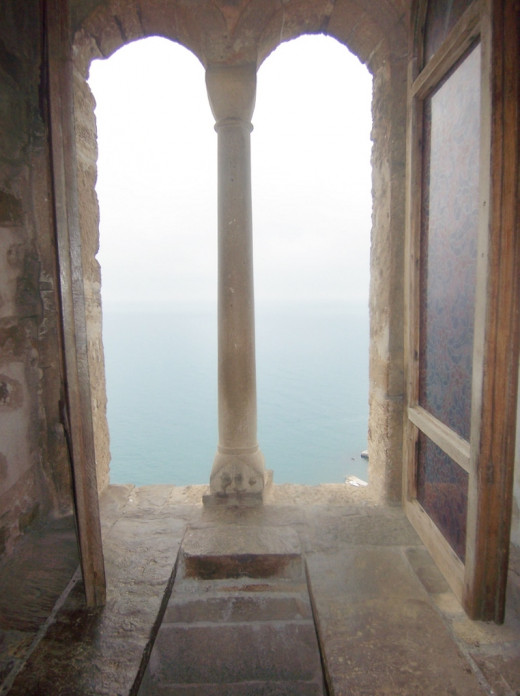
Giving Crimea to the Ukraine
For Khruchshev giving Crimea to the Ukraine in 1954 was a matter of politics. He sought for power and authority, and this gesture would make him popular. He even broke the law. The citizens of Russia and the Ukraine were confronted with the accomplished fact, although it would be correct to hold a vote.
In the Hands of Russia Again
Today, when another rebellion took place, the authorities gave the right of the vote to the people. This time the lawful decision brought Crimea back to Russia.
© 2014 Anna Sidorova


